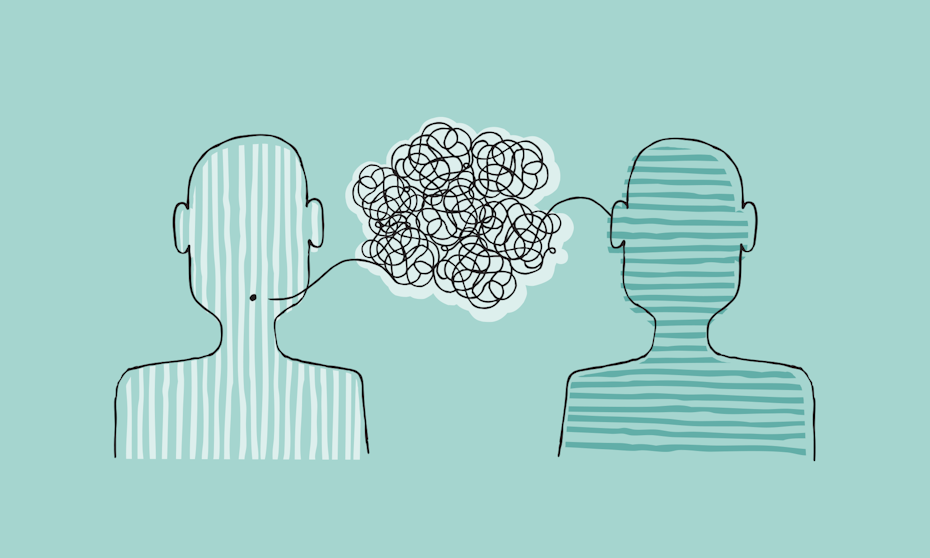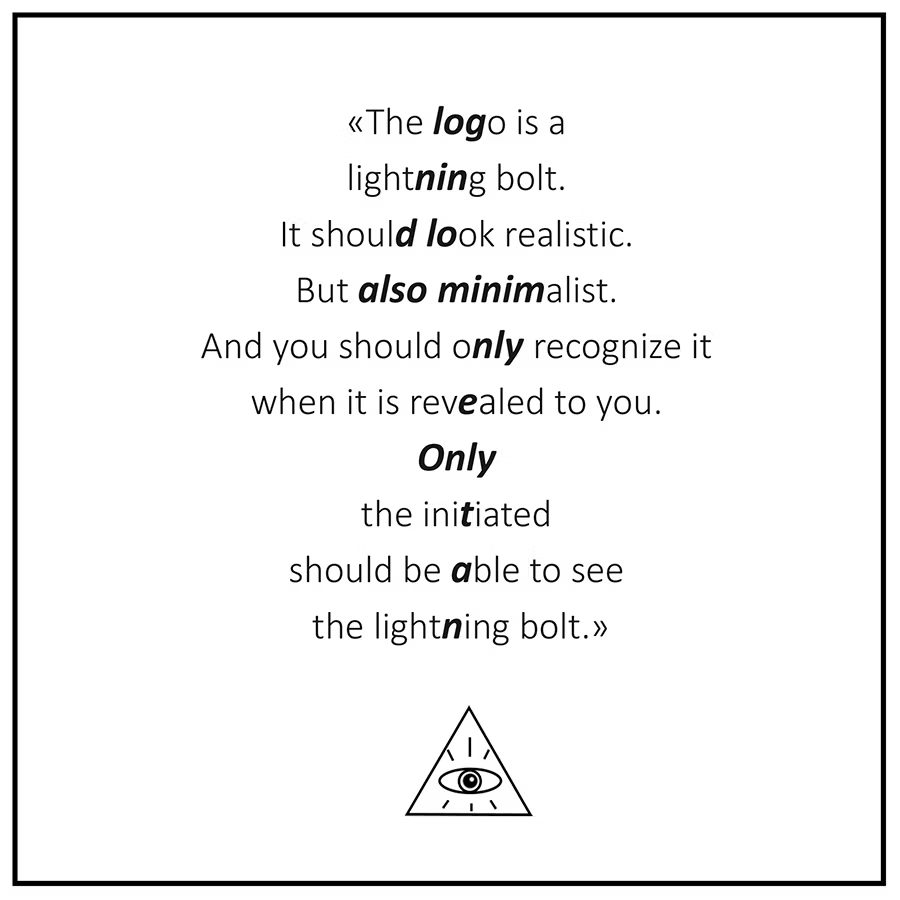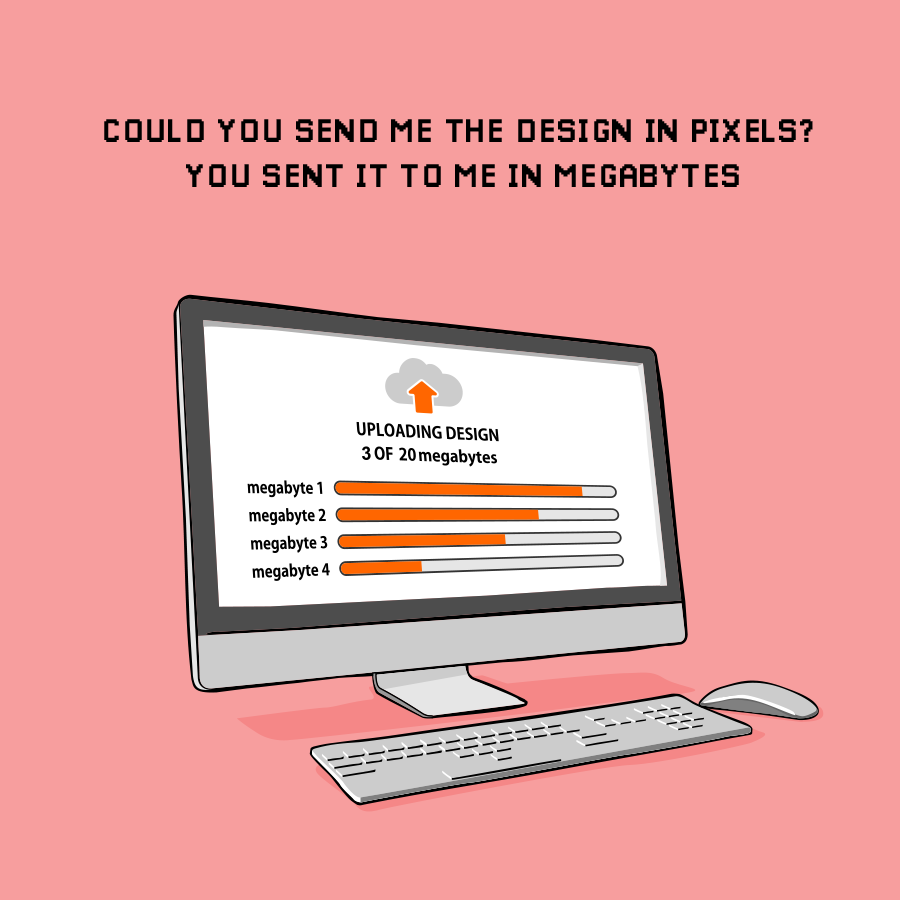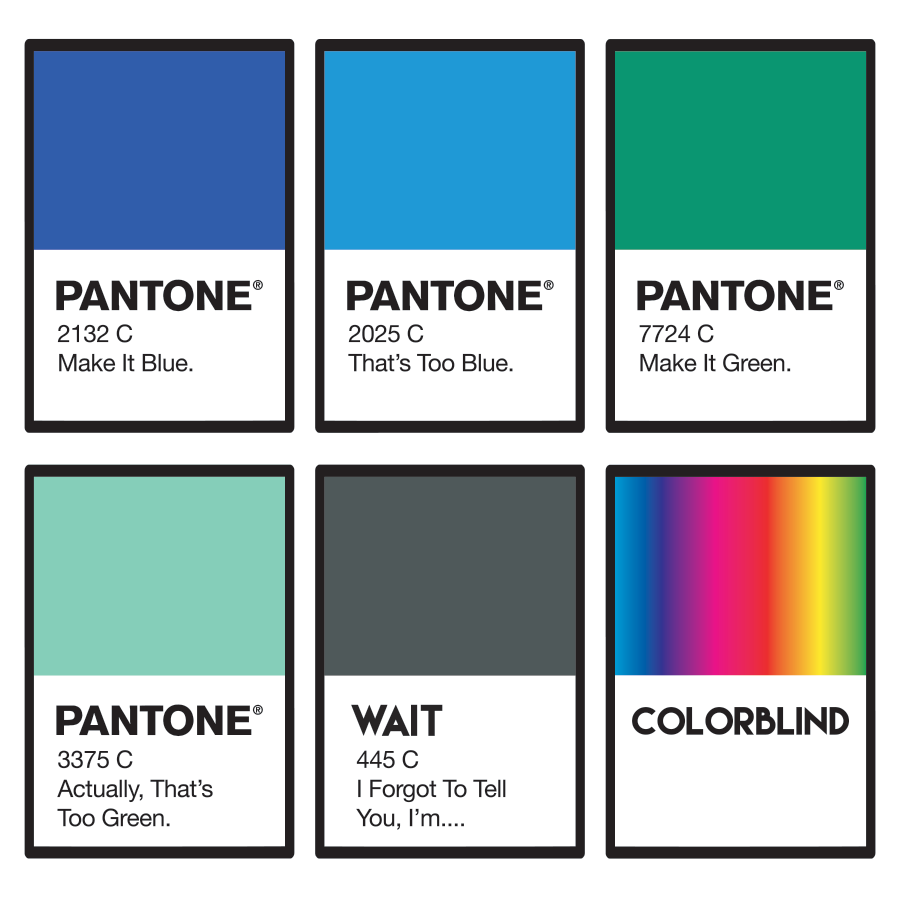DESIGN CHATTER
RECENT POSTS
Speak Our Language of Design!
Apr 26, 2017
We know that you have a vision for your graphic design, and our number one goal is provide that for you. However, sometimes it can feel like you’re telling us exactly what you want, and us designers just…aren’t getting it. Check out this list of tips by 99designs to try to streamline the design communication process, so we can provide the best possible design product to you, every time!
Creativity is all about collaboration. It’s just the truth: awesome things happen when people work together. And that’s exactly why design feedback is so important. You’ve got to know to know the lingo and find the best ways to communicate your vision to the artistically-inclined mind of your designer.
Easier said than done? Yup. It’s pretty easy for ideas to get lost in translation…

…and that leads to frustration for both you and your designer. Oh, and your design definitely won’t end up as awesome as it should be.
So, let’s fix that.
We’ve put together the six big pitfalls—our “feedback fails”—that you’ll need to avoid so your designers can understand your vision and deliver the work you need.
Oh, and just to keep things real, check out the illustrations below for some great examples of what not to do. This is 100% real feedback that 99designers have received from clients. That’s right, folks. Real stuff.
Feedback fail #1: Vague comments

The three worst words a designer can hear: “Make it pop.” It just doesn’t mean anything.
Vague design feedback doesn’t give your designer enough information to move forward. A lot of times these comments are based on gut reactions.
“I just don’t like it.” Alright, well why?
“This looks weird.” What does weird mean?
“Make it better.” Is that one thing? Or a bunch of things?
Keeping things vague adds an unnecessary level of guesswork to your design process. And contrary to popular belief, a designer cannot read your mind. Without clear direction, designers are in the dark about your vision, and your final design will suffer.
How to give better design feedback
Be specific. Be very, very specific. Describe exactly what you’re looking for. Is it a color issue? Is the layout weird? Is the font a little stale?
Instead of “make it pop,” you could say, “I need the title to stand out more. Could you give me some other font or color choices?” Or if words are failing you, use very clear visual examples that illustrate your design direction. Find something that “pops” for you, and tell your designer what you like about it.
In short, figure out exactly what your gut reactions are and use clear words to collaborate with your designer to find an awesome solution together.
Feedback fail #2: Impossible requests

When a designer reads your brief, their only goal is to make your creative vision come to life. But that means you have to be reasonable. Even though it’s art, design does have rules and not everything is possible.
Certain colors and shapes just won’t work together. Sometimes you can’t fit every single thing on one page.
And a lightning bolt logo can’t look realistic, minimalist and “hidden” all at the same time. It’s an impossible request.
There’s nothing wrong with asking your designers to do a lot. That’s their job. But sometimes even design can’t solve every problem.
How to give better design feedback
Ask questions and listen. Great designers will push back when your creative vision just isn’t feasible or if they think they’ve found a better solution. Ask them lots of honest questions, but trust them to know the best way to approach your project. If you don’t understand something, feel free to ask why. By working together, you’ll be able to create something that you’re both proud of.
Feedback fail #3: Confusing direction

Being confusing is just as bad as being vague.
Big descriptive words are great for kicking off a brief and providing creative inspiration. That’s when you can invite your designer to really be inventive.
When you’re in the feedback stage though, you’ll want to be super clear. At this point, your flowery words might mean one thing to you and another to your designer. Confusing feedback like this will lead to an endless chain of revisions that will result in your frustration and designer burn-out.
How to give better design feedback
Just say what you mean. Try to compose your feedback in the simplest possible way. If your design needs “more testosterone,” for example, tell your designer what that actually means to you.
Is it “less pink and more blue”? Is it “sharper lines and fewer curves”? Is it “a can of Miller Lite, a pickup truck, and a smoking shotgun”?
Be specific or your designer will make a decision for you.
Feedback fail #4: Unrealistic expectations

You already know this, but design can make some some pretty magical things happen. A great design has the power to take big ideas and reimagine them into something that’s both beautiful and easy to understand.
But it can’t do everything.
A logo can’t (and shouldn’t) tell a million stories. A poster only has so much room on it. A business card has to fit in your pocket.
Photoshop can do a whole lot, it can’t turn someone’s head around or magically change a camera angle. Maybe someday.
There’s nothing wrong with giving designers a challenge (they actually love that). But unrealistic expectations make it hard for collaboration to happen. If you expect your designer to be able to do it all, you’re going to be disappointed.
How to give better design feedback
Understand your boundaries. Like we said, a design can’t do everything. Keep your requirements clear, simple, and easy to understand. Consider running your creative brief or feedback by a few other stakeholders. They’ll be able to tell you if your comments don’t make sense or are unrealistic.
Feedback fail #5: Wrong terminology

Don’t say bleed when you mean trim. Don’t ask to adjust the kerning when you mean tracking. Don’t request a darker shade when you really want a lighter tint.
Designers are taking direction from you. The more precise you can be with your design feedback, the better. Knowing what you want but using the wrong words will add confusion and delay the progress of your design.
How to give better design feedback
This one’s easy: know your lingo and use those terms right. If you can speak the language of your designer, you’re that much closer to getting that kick-ass design. You’ll understand them. They’ll understand you.
Guess what? We’ve made it easy with this quick guide of design words you know should know. Study it. Learn it. Memorize it. And soon you’ll learn that CMYK and RGB aren’t Star Wars droids after all.
Feedback fail #6: Nitpicky comments

Alright, you know all the design jargon, so you’re just going to give your designer a list of super specific revisions. Like down-to-the-pixel specific. Right?
Yeah, don’t do that.
Feedback that’s too nitpicky and detailed can hamper the creative process, too. Remember that creativity thrives in collaboration, and this turns your project into something completely one-sided. When you get start “hand-holding” your designer, you insist that you know more than they do.
Rather than dreaming up and delivering your creative vision, your designer becomes a glorified mouse-clicker. And you end up with a final product that’s missing the passion and imagination that it deserves.
How to give better design feedback
Trust your designer. They’re trained, experienced experts in taking the vision inside your head and turning into something beautiful and meaningful. Creative collaboration means communicating your ideas and asking lots of questions, not directing a designer to do exactly what you want.
Communicate clearly until you get what you need. But leave those pixel-perfect details to your designer.
Simplicity + clarity = kick-ass design
It’s an easy equation. And we promise you can do it. Next time you get rolling with a project, arm yourself with these tips. Give great design feedback, and you’ll be on your way to a fantastic design and an even better working relationship with that genius designer of yours.
Let’s turn your #FeedbackFail into an awesome #DesignWin.



